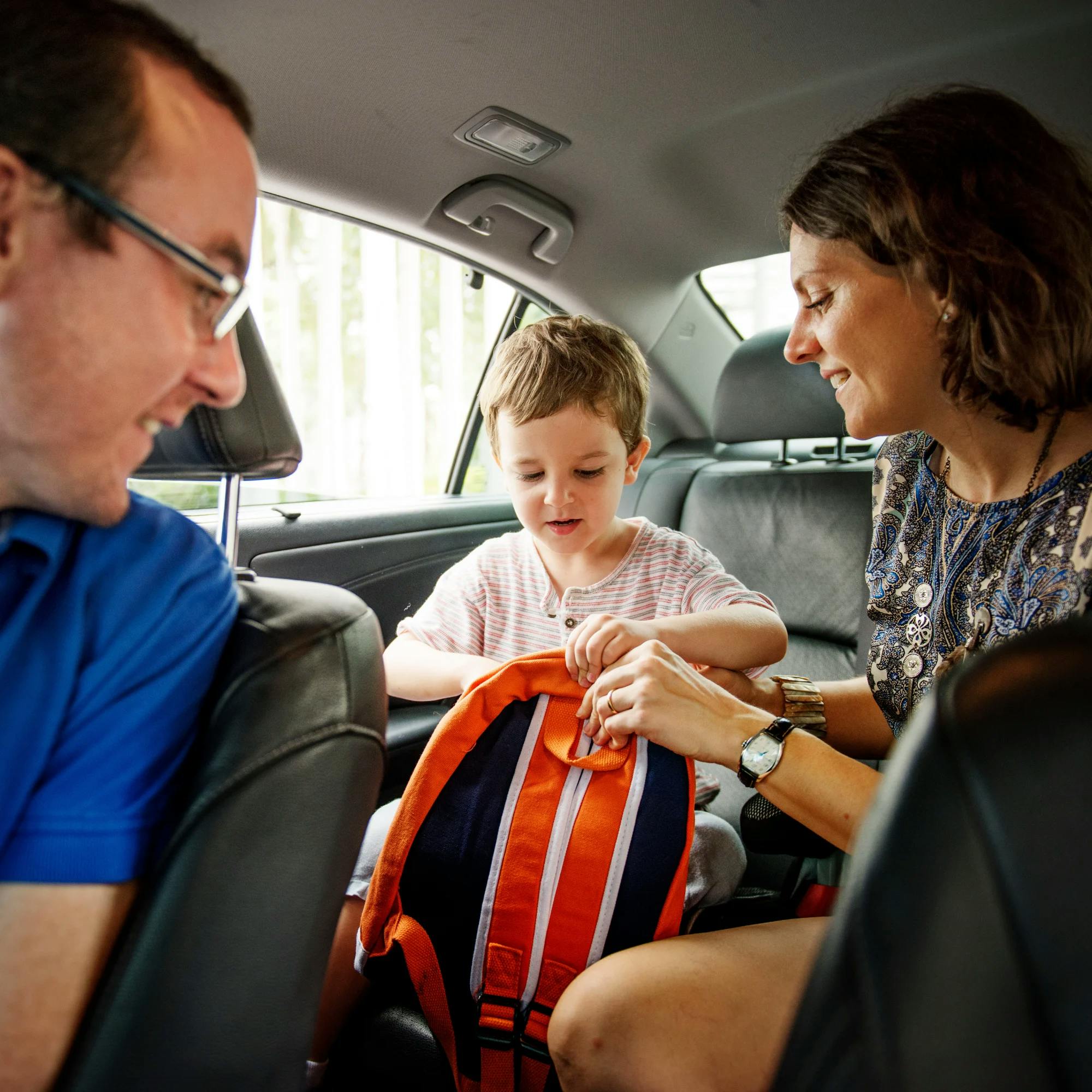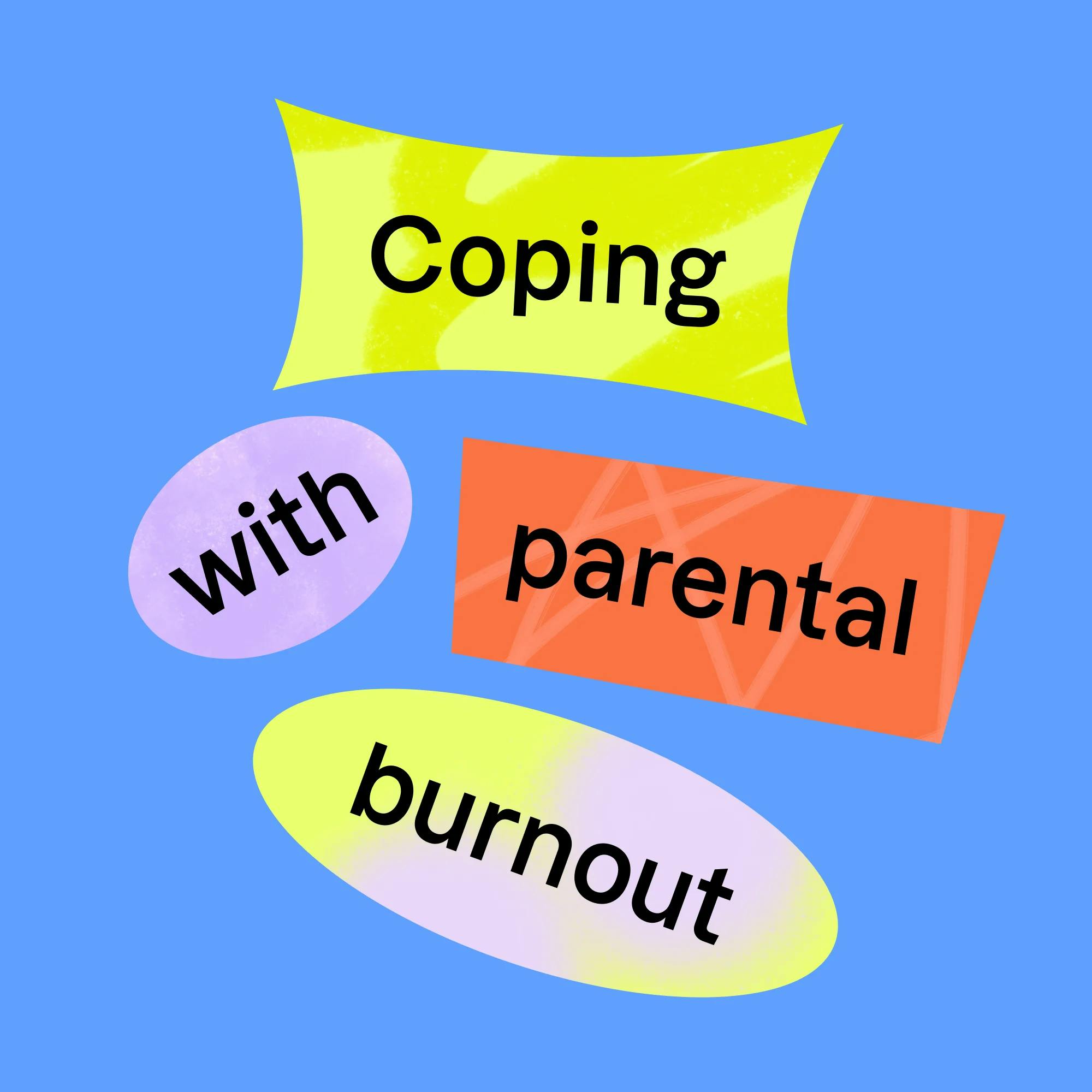Traveling by plane requires planning ahead. That’s especially true when your child has a special need such as autism or a medical condition. For parents and caregivers, all that preparation can be downright exhausting!
But families don’t need to miss out on visiting new places and making memories together. Flying with a child who has special needs is like any skill: The more you do it, the easier it becomes.
If you’re planning a plane trip or simply thinking about one, here are some smart tips that will help you avoid turbulence along the way. The main goal is to create a sense of routine and predictability for your child when flying.
Booking your flight
1 Select the right time to travel for your special needs child
Pick a time of day that works best for your child. For example, if you know your child does better in the early morning, try booking a flight for that time of day. Going through security and navigating airport crowds may be easier in the early morning, too.
No matter what time you land, plan to use your arrival day as a transitional one to get adjusted to your surroundings.
2 Find an airline that will accommodate your special needs child
Not all affordable airlines are a good option for people with special needs. It’s important to do your research on the airlines that are best equipped to care for your child’s needs before, during, and after the flight.
When booking the flight, you can request special assistance. Special assistance varies among airline companies, so it’s best to ask the booking agent what it covers. It also never hurts to ask for what you need and see if the airline staff can accommodate.
3 Consider getting TSA Precheck or Global Entry
These programs make the security process go more smoothly and quickly. You won’t need to take your shoes off or remove electronics or liquids from your bags. The security line often moves faster as well.


Packing tips for your special needs child
4 Make medical preparations before traveling
Once your flight is booked, follow this checklist to prepare in regards to your child’s medical needs:
Ask your child’s doctor for a letter that explains your child’s diagnosis and any medication they take.
If your child has complex medical needs and you can’t get a doctor’s note in advance, bring your child’s medical records.
In case of an emergency, ask for a referral for a doctor in the area that specializes in your child’s diagnosis.
If your child is on any medication, bring enough medication to last the entire trip and a week or so after.
Confirm that your family has all the needed immunizations for the destination.
Consider bringing common over-the-counter medications such as Tylenol and Tums, especially if you’re traveling abroad.
5 Bring these items for the plane
Consider bringing a “sensory bag” for the flight. Noise-canceling headphones, a sensory tactile book, and fidget items to keep your child’s hands busy can be distracting and helpful during boarding, take-off, and landing.
Pack your child’s favorite snacks, too. This will give their hands and mouth something to do. Bonus: Chewing can prevent ear popping during take-off.
Come prepared with any electronic devices and chargers. Make sure you have your airline's inflight entertainment app on your phone or tablet. Charge your devices fully ahead of time.
6 Program your child’s AAC device
If your child is nonverbal and uses alternative and augmentative communication (AAC) to communicate, make sure you program their AAC device to include language about the flight and your trip. Think about words such as airport, security, plane, take-off, landing, sitting, sleeping, and eating, plus words about your destination.


Preparing your special needs child to travel
7 Visit an airport ahead of time
If you had to describe an airport, what words would you use? Loud, busy, fast-moving? Giving your child a chance to experience this before the trip can be very helpful. Before booking your flight, call the airport to ask if you can take a tour with your child.
Try pairing this visit with a treat or activity that your child finds motivating or rewarding. Then they’ll associate the airport with something good. For example, pair a bag of potato chips or a fun movie on the iPad with your airport visit.
8 Go on a mock flight
Some airlines provide mock flight experiences that demonstrate everything that happens on a real flight (besides flying, of course!). Here’s one example. Your child will experience what it’s like to be on the airplane, including the snacks and drinks they’ll be offered and the movies and games they can play. Ask your airline if they offer this option.


9 Use social stories to prepare your child
A social story is a tool to help children understand what to expect, what to do, and how they may feel in a new event or unfamiliar situation. Creating a social story can ease stress for your child while traveling.
There are many pre-made social stories you can download or buy. Try searching online for “social stories airplane.” But you can also make your own. Here are some suggestions for what to include in your social story:
Why we should staying close to the family when traveling
Having a calm body
What we do at the airport (such as waiting in line, going through security, etc.)
What we do on the plane
What we do when we arrive
What may happen during traveling
United Airlines offers a helpful social story about flying, along with other tips and advice for travelers who are neurodiverse or have a cognitive disability.
10 Show your child what to expect with books and movies about flying
Weeks before the trip, try reading books or watching videos, TV shows, or movies about flying and being at the airport. This will help your child better understand what they’re about to experience.
11 If it’s an international trip, prepare for the immigration process
Every country has its own entry process, and it’s important to understand it for yourself and for your child with special needs. Once you know the process, try to explain it to your child with social stories.
12 Talk about the fun things you’ll do on your trip
What will your child enjoy most at your destination? Be sure to tell them about it! This will give them something fun to focus on and look forward to. Plus, it can give them a sense of security.


At the airport on travel day
13 Check in online
Checking in online, before you arrive at the airport, is a great way to save time and avoid lines. All you have to do when you reach the airport is drop off your checked luggage and head for security.
14 Communicate with security and the gate agent
If it will help the security process go more smoothly, tell the TSA workers about your child’s special needs. At the gate, tell the agent that you have a child with special needs and will need to be seated first.
Remember, your primary goal is to create a sense of routine and predictability for your child. By preparing for everything, you don’t have to worry as much. But of course, the unexpected can still happen! Remember that the flight is temporary, but the memories you’ll make at your destination are forever. Save travels!
How Expressable Can Help
Concerned your child isn't reaching age-expected milestones? Looking for communication support from a professional? Expressable is a national online speech therapy practice serving children and adults. We treat all major areas of communication and feeding, offer flexible hours including evenings and weekends, and accept most major health insurance plans. We’re proud to have earned more than 3,000 5-star reviews from our clients (4.9/5 average).
Our therapy model is centered on parent and caregiver involvement. Research proves that empowering caregivers to participate in their loved one’s therapy leads to better outcomes. That’s why we combine live, 1-on-1 speech therapy with personalized education and home practice activities for faster progress.
Communication is more than words. It’s how we share how we feel and show who we are. We’re here to help you or your child do just that.

 Abby Barnes, M.S., CCC-SLP
Abby Barnes, M.S., CCC-SLP










